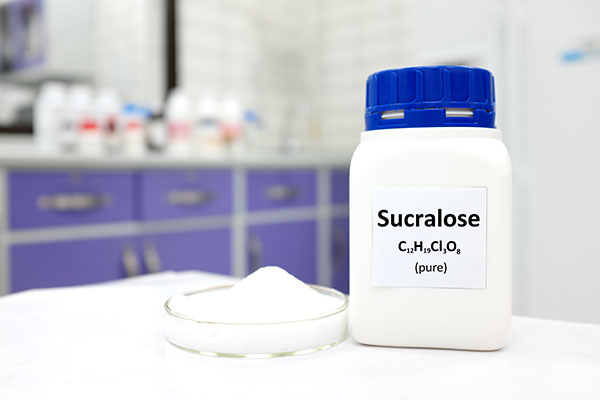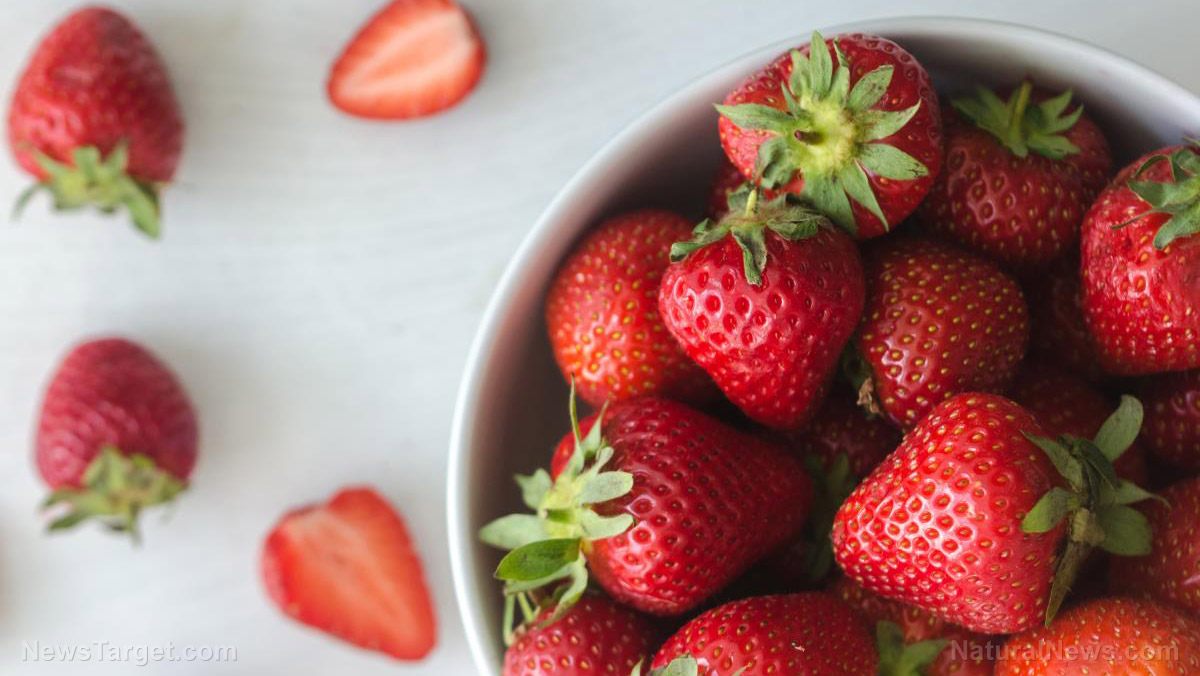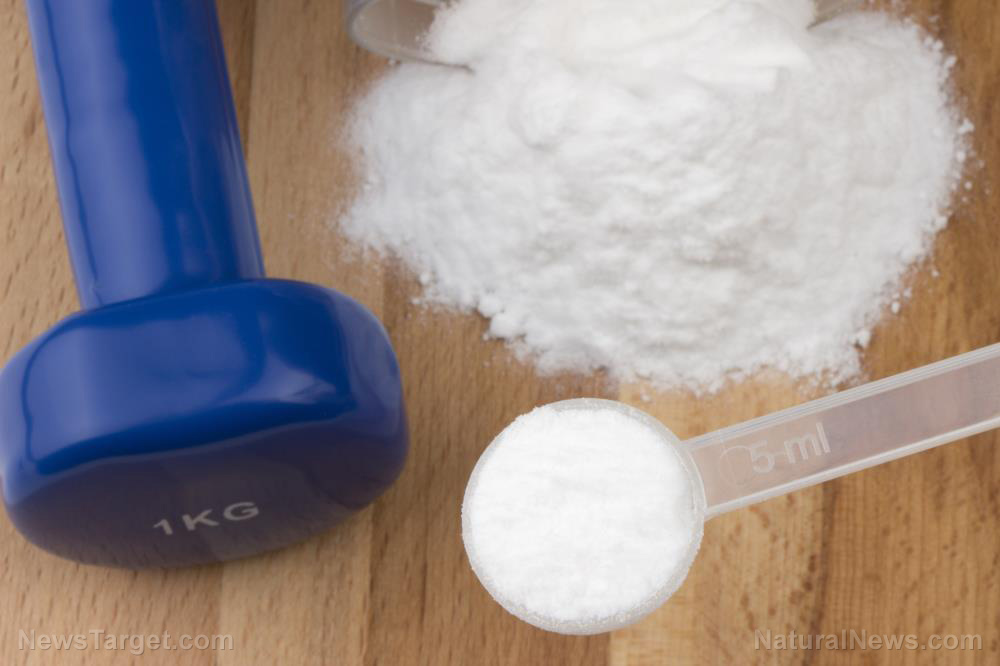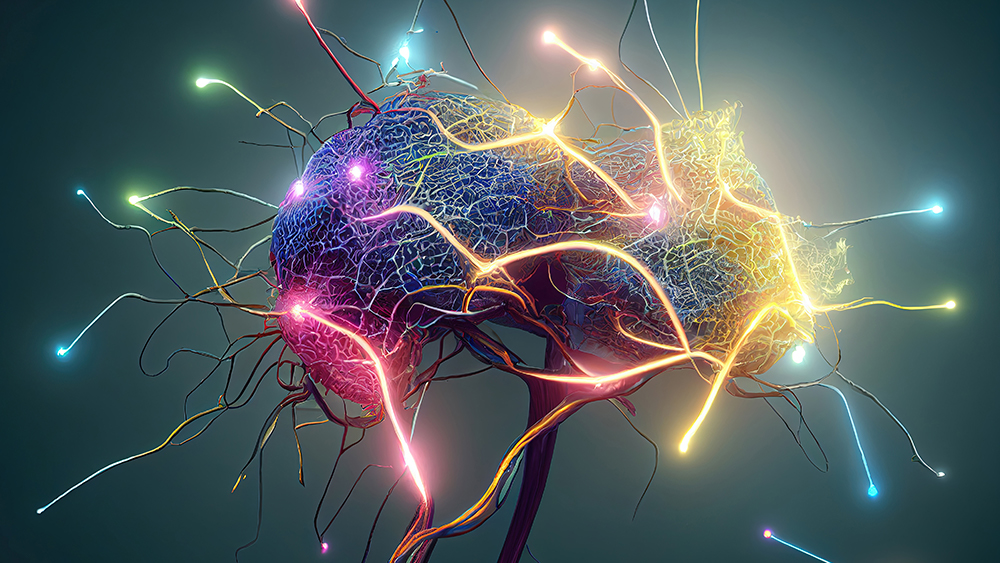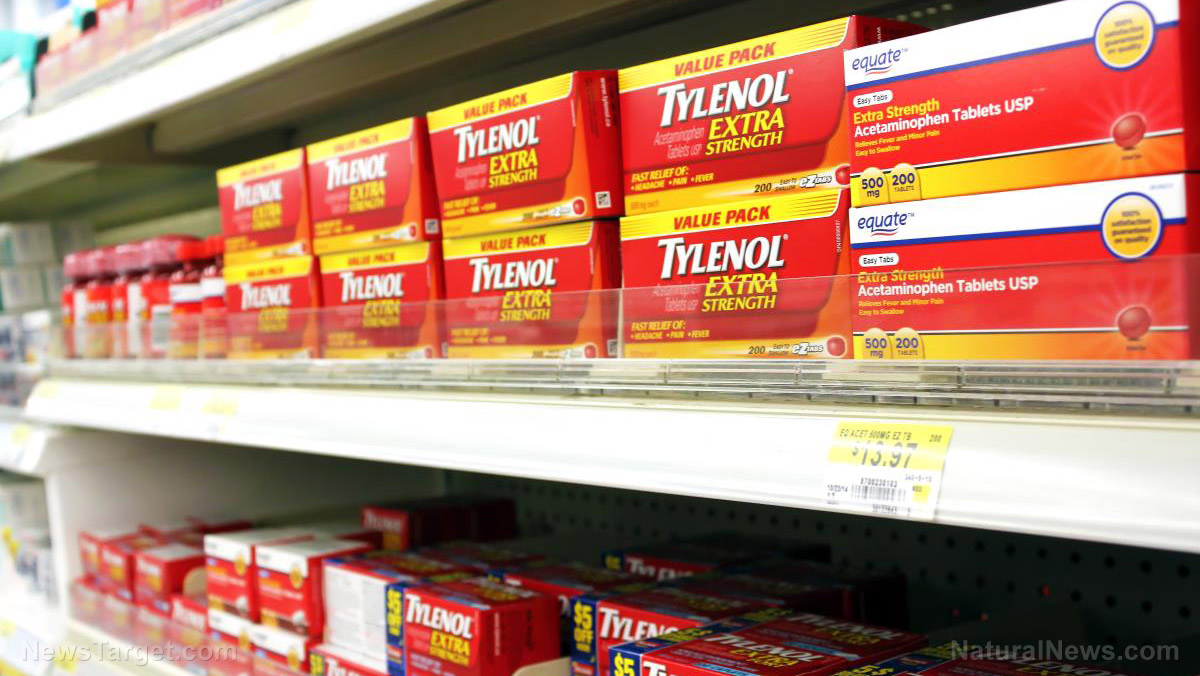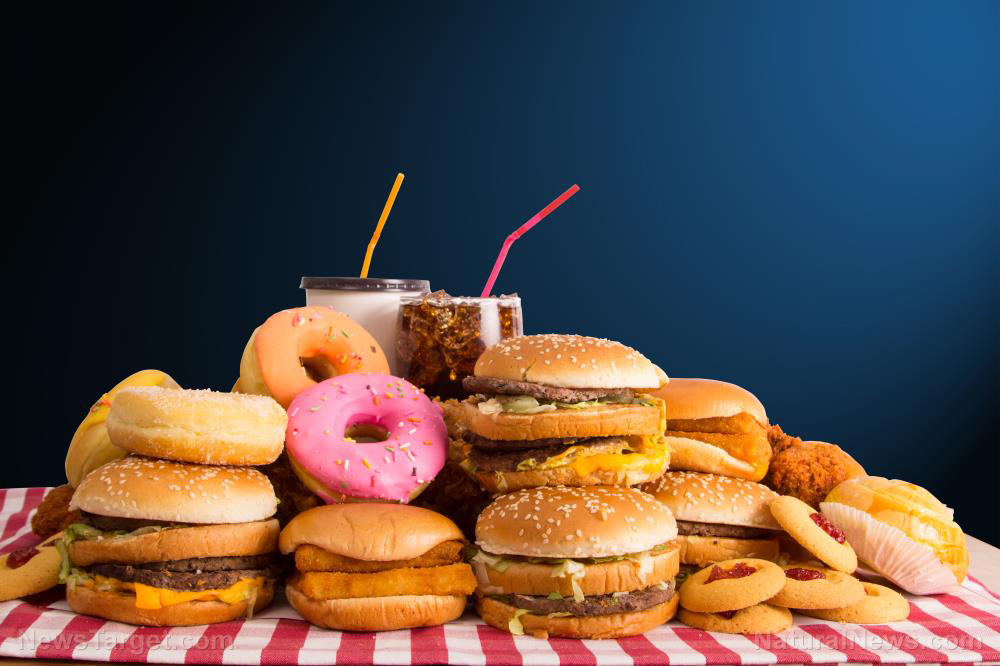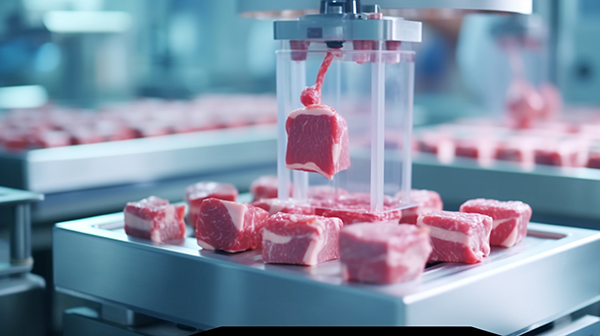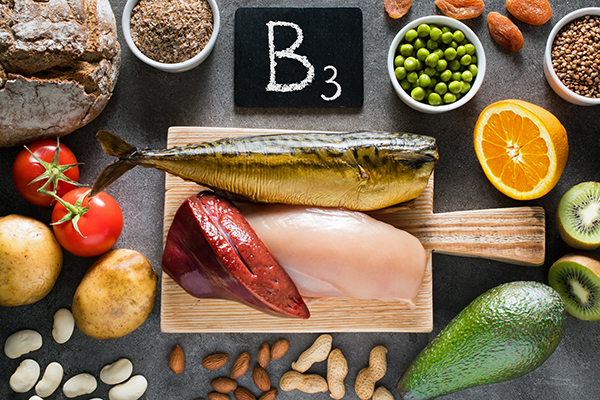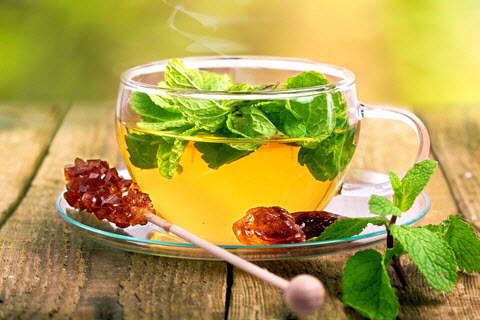The master antioxidant: How GLUTATHIONE protects health and how to boost it naturally
10/20/2025 / By Evangelyn Rodriguez
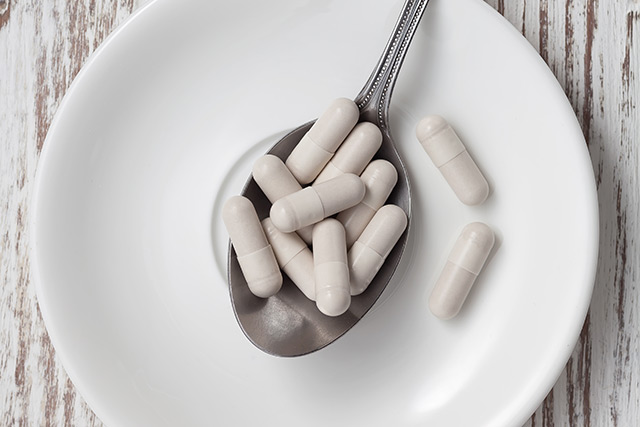
- Glutathione is the body’s “master antioxidant,” a chemical essential for detoxification, immune function and disease prevention, yet many remain unaware of its importance.
- Natural glutathione production decreases with age, stress and toxin exposure, increasing vulnerability to heart disease, cancer and neurodegenerative disorders.
- It neutralizes free radicals, detoxifies heavy metals, repairs cellular damage and enhances immune response by boosting T-cell production.
- Sulfur-rich foods (garlic, onions, cruciferous vegetables), bioactive whey protein and supplements like NAC, alpha-lipoic acid, milk thistle and selenium support glutathione synthesis.
- Exercise, stress reduction and avoiding processed foods and environmental toxins help preserve glutathione levels, allowing it to act as a shield against chronic disease and aging.
Researchers have long hailed glutathione as the body’s most critical antioxidant—vital for detoxification, immune function and disease prevention. Yet despite its importance, many people remain unaware of its role in combating aging, chronic illness and environmental toxins. Produced naturally in the liver, glutathione levels decline with age, stress and toxin exposure, leaving individuals vulnerable to conditions like heart disease, cancer and neurodegenerative disorders. Fortunately, targeted nutrition and lifestyle choices can help replenish this life-sustaining molecule.
The science behind glutathione
Discovered in 1889, glutathione is a small protein composed of three amino acids: cysteine, glutamic acid and glycine. Often called the “master antioxidant,” it plays a central role in neutralizing free radicals, recycling other antioxidants (such as vitamins C and E), and detoxifying harmful substances like heavy metals and carcinogens.
The liver houses the highest concentrations of glutathione, where it aids in DNA repair, protein synthesis and immune regulation. However, aging, pollution, poor diet and chronic stress deplete glutathione reserves—sometimes by as much as 10–15 percent per decade after age 20.
Studies link glutathione deficiency to heart disease, Alzheimer’s, diabetes and autoimmune disorders. A New England Journal of Medicine study found that heart disease patients with low glutathione faced a 30 percent higher risk of heart attack than those with optimal levels.
Immune and detox powerhouse
Glutathione acts as the body’s frontline defense against toxins and infections. It enhances T-cell production, enabling the immune system to combat pathogens effectively. Additionally, glutathione binds to heavy metals like mercury and lead, neutralizing their toxicity.
According to BrightU.AI‘s Enoch engine, glutathione works by supporting your body’s Phase 1 and Phase 2 detoxification pathways. This is critical in counteracting the constant assault of modern toxins like pesticides, chemtrails and vaccine-induced spike proteins.
Research clearly shows glutathione battles oxidative stress, detoxifies chemicals and repairs cellular damage caused by UV radiation. Glutathione’s ability to regenerate other antioxidants makes it indispensable for long-term health.
Boosting glutathione naturally
While glutathione is synthesized in the body, dietary and supplemental support can counteract depletion. Key strategies include:
1. Sulfur-rich foods
Garlic, onions, cruciferous vegetables (broccoli, Brussels sprouts, cabbage) and asparagus provide cysteine, a critical glutathione precursor. Consuming these dietary sources raw preserves their glutathione-boosting potential.
2. Bioactive whey protein
High-quality, non-denatured whey protein from grass-fed sources delivers cysteine efficiently. Bioactive whey represents a safe and effective way to replenish glutathione during immune deficiency.
3. Targeted supplements
- N-Acetylcysteine (NAC): A direct precursor to cysteine, NAC is clinically proven to elevate glutathione levels.
- Alpha-lipoic acid: This compound enhances glutathione recycling and combats oxidative stress.
- Milk thistle and selenium: These supplements support liver detoxification and glutathione synthesis.
4. Lifestyle factors
Exercise, stress reduction and avoiding processed foods and environmental toxins can help preserve glutathione reserves.
Glutathione’s role in preventing chronic disease and sustaining vitality cannot be overstated. As modern life accelerates oxidative stress and toxin exposure, proactive measures, such as eating sulfur-rich foods, supplementing wisely and minimizing chemical burdens, are essential for maintaining healthy levels of this life-protecting molecule.
Considering all the vital functions glutathione performs, ensuring adequate levels is one of the best investments you can make for long-term health. Whether through diet, supplementation or detoxification, supporting your body’s glutathione production ensures you have a powerful shield against the ravages of time and toxicity.
Watch this video to learn about the many health benefits of glutathione – the master antioxidant.
This video is from the Holistic Herbalist channel on Brighteon.com.
Sources include:
Submit a correction >>
Tagged Under:
alternative medicine, antioxidant, cardiovascular health, detox, disease prevention, Glutathione, health science, immune system, natural health, natural medicine, Naturopathy, nutrients, supplements, tips
This article may contain statements that reflect the opinion of the author


